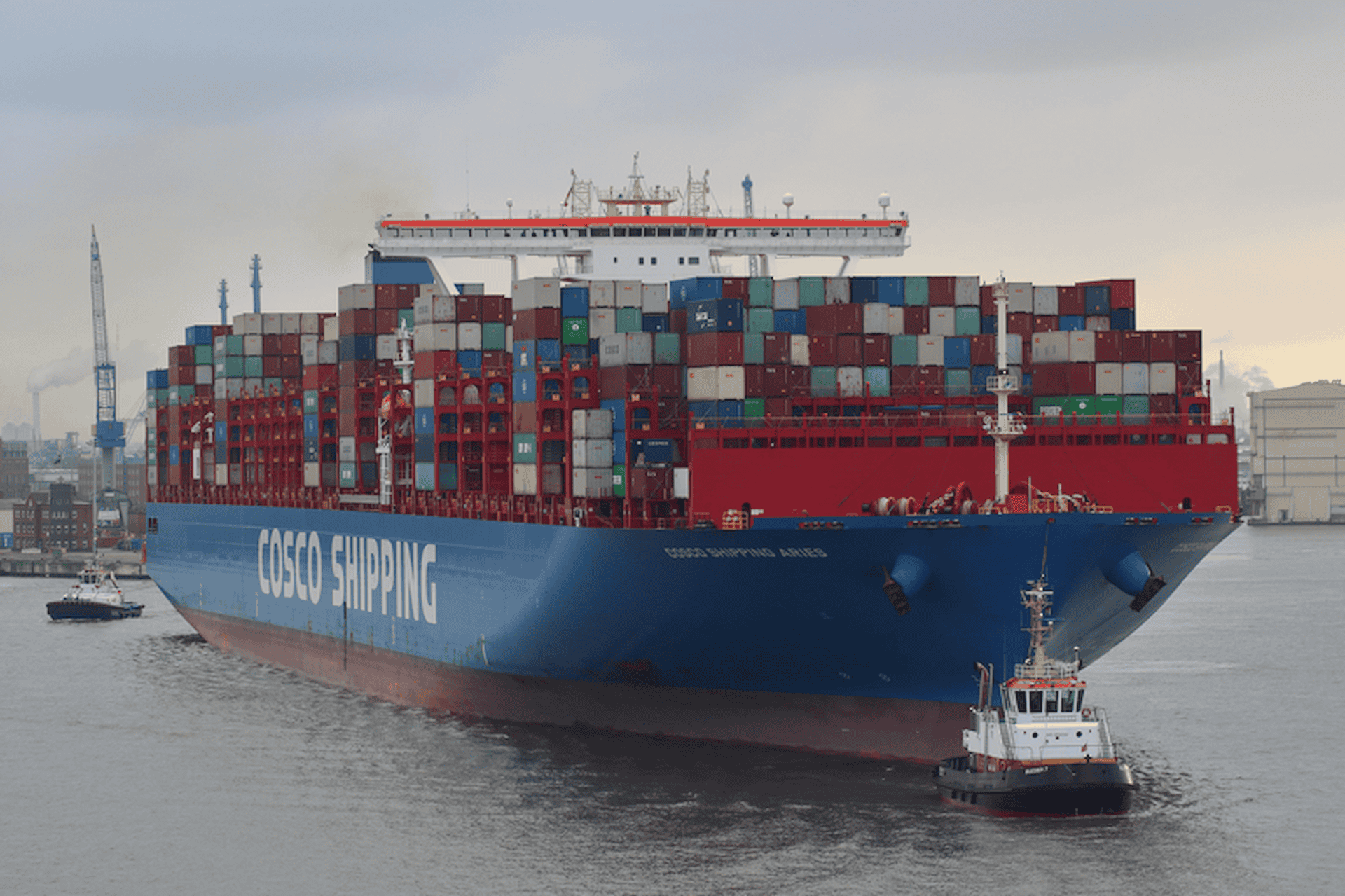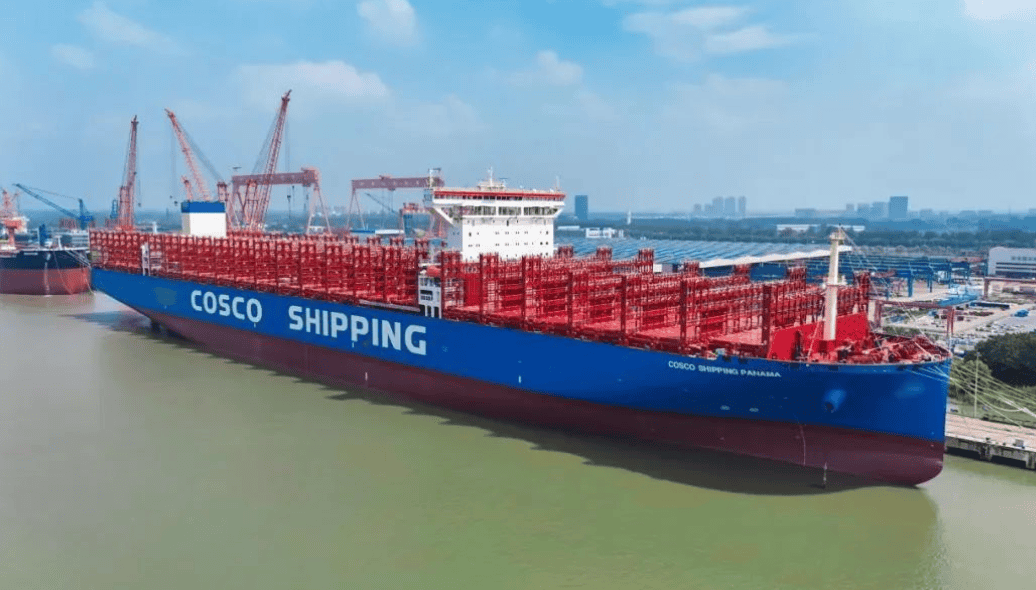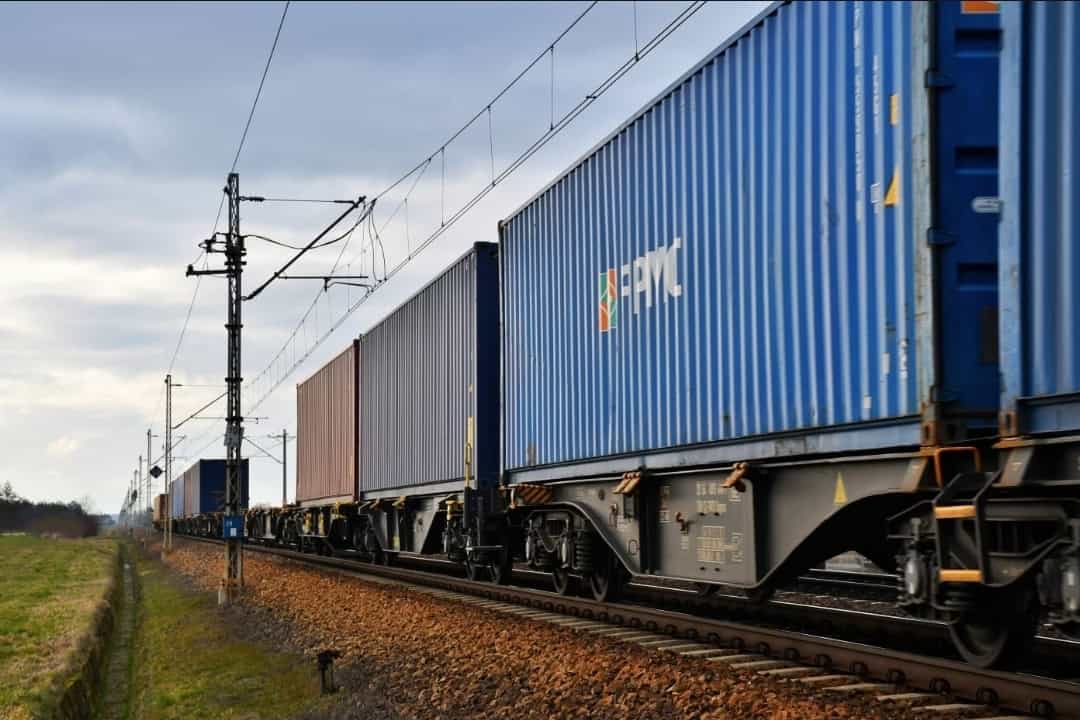COSCO Shipping, the Chinese state-owned shipping and logistics giant, is now one of the most influential players on the global transport map. Operating in over 40 countries, it manages hundreds of container and bulk carriers and controls port terminals in Asia, Europe, Latin America, and Africa. Its ambition is not only dominance on the oceans but also the creation of an integrated “ship-to-customer” supply chain, encompassing rail, road, and logistics hubs.
In recent months, COSCO’s activity has accelerated — both in terminal acquisitions and in the development of new sea-land corridors. For the transport sector, including railways, this signals a growing presence of Chinese capital and technology in critical points around the world.
Ports and Terminals under the Chinese Flag
COSCO’s expansion strategy focuses on controlling ports and their logistics infrastructure.
Xiamen, China – COSCO took full control of the Ocean Gate terminal and a majority stake in the Haicang Free Trade Zone. This provides not only maritime operations but also direct integration with warehouses and rail connections.
Chancay, Peru – a $3.5 billion investment aimed at creating a “sea-land corridor” between China and Latin America. The new deep-water port will become a transit hub for the entire Pacific region.
Piraeus, Greece – COSCO’s flagship European investment, where the port has been transformed into a key gateway for goods entering the continent. Piraeus has become the most important element of the China–Europe corridor.
New investments in China – including terminals in Haikou, Fuzhou, and Yangzhou, which will increase annual throughput by hundreds of thousands of TEUs.
In 2024, all COSCO terminals recorded over 6% growth in cargo handling — a signal that despite global trade fluctuations, the Chinese operator is growing faster than competitors.
Rail – the Missing Link
COSCO’s expansion does not stop at ports. Strengthening integration with land transport is equally important.
The company is developing a network of sea-rail intermodal connections. In China, ports are increasingly linked by rail to Europe, Central Asia, and Russia. One example is the sea-land corridor serviced by the port of Nanning, connecting rail transport with shipments to Southeast Asia.
This gives COSCO an advantage: offering clients a full “end-to-end” service — from container on a ship to delivery by train inland. For European railways, this presents both opportunities and challenges. Opportunities — because volumes of intermodal shipments can grow. Challenges — because the Chinese partner controls the routes and conditions.
Green Transformation and Digital Ports
COSCO is increasingly emphasizing sustainability. In 2024, it signed a strategic agreement with Australia’s Fortescue to build a supply chain for green fuels, including ammonia. This aligns with global efforts to reduce emissions in maritime transport.
At the same time, COSCO is developing “smart ports”. The Xiamen terminal is one of the first in the world fully integrated with 5G networks, allowing for operational automation, improved traffic management, and cost reduction.
Geopolitical Dimensions of Expansion
COSCO is not just a company — it is a tool for implementing China’s Belt and Road strategy. Control over ports and sea-land corridors gives it real political and economic influence. Countries hosting Chinese investments gain access to capital and infrastructure but also enter into dependence on Beijing.
For the European Union and the United States, COSCO’s presence in ports and terminals is a strategic challenge. Some Western countries are implementing restrictions on Chinese ownership of critical infrastructure.
Implications for the Rail Industry
COSCO’s growth signals that the boundaries between maritime, rail, and road transport are increasingly blurred. Rail must be part of global supply chains to remain competitive.
For Polish and European railway operators, this means:
growing volumes of intermodal cargo,
the need to cooperate with Chinese partners,
pressure to invest in technology and digitalization,
the necessity to respond to geopolitical tensions.
Conclusion
The Chinese dragon is sailing full speed ahead. COSCO is steadily strengthening its position in maritime and land logistics, gaining control over ports, terminals, and transport corridors. For Europe’s rail sector, this represents both an opportunity for greater participation in global shipments and a warning against excessive dependence on a single player.
In the coming years, COSCO’s name will appear not only in the context of oceans but also on railway tracks and logistics hubs deep in Europe.



